Get Ready for Growth
Making good parts is one thing, but making good parts in a process that is scalable is something different. Here is how one manufacturer rethought its production to prepare for opportunity.
Share





Ergoseal couldn’t keep up. Three years ago, the maker of mechanical seals in Carol Stream, Ill., won a contract to engineer and produce a seal that was more complex than its typical products. Of the three machined components in this seal’s assembly, two of them required three setups apiece on the company’s machine tools—two lathe setups and one machining center setup.
Ergoseal could meet and hold the part’s quality needs with this sequence of operations, but the process was slow. When the customer significantly increased its demand for these seals, what should have been a welcome surge in business was instead cause for alarm. The seal maker responded by outsourcing machining. It had never done this before. General Manager Tom Hilaris says the choice entailed costs and difficulties beyond just sending production to another facility. Lead times stretched out longer, and managing inventory became more challenging. There was also the need to monitor incoming parts to discover and respond to quality problems. As a result, the attention the company could have been giving to finding new customers or improving service to existing customers was instead being spent on scrambling to avoid disappointing this one customer whose product line the company had not been equipped to handle.
Mr. Hilaris says the company drew various lessons from this experience. One of the most basic was a reinforced sense of the value of in-house manufacturing. Ergoseal has built its business on the ability to both develop and deliver custom seals tailored to the needs of each of its customers’ particular pump and compressor designs. The company can do this cost-effectively because it owns its own manufacturing. Because of in-house manufacturing, for example, the company can run seal parts for various customers out of the same piece of bar stock to save cost, and it can run parts in tiny quantities with little lead time to fill unexpected orders. It can also tweak and refine machining operations to find the ideal balance between precision and speed for every cut. An outsource machining supplier typically is not in a position to do any of this.
But the bigger lesson that Mr. Hilaris and his father both drew related to preparing for the business to grow. In manufacturing, doing good work is one thing, they realized, but doing good work that is scalable is something different. It was time for their shop to become scalable.
Reclaiming Machining
Tom’s father is company founder John Hilaris, the president and CEO. Together, these two men saw that it was absurd to hope for their business to get bigger if their production systems weren’t capable of expanding to meet that opportunity when it comes. If they believed they could grow, then they should act like they were going to grow. Specifically, they should prepare for growth in the present by putting the processes and procedures in place that could form the basis for a lot more production in the future.
In fact, during the period of this realization a few years back, the company arguably had reached an ideal time to get ready for growth. Ergoseal then was still small enough that management directly participated in every aspect of the company’s business and production, but the company was also well-established enough that it had a variety of contract customers with known part numbers. Rethinking production for those part numbers—that is, developing the processes to make the production of these parts as nimble, simple and efficient as possible—would prepare the company to rapidly take on production of other mechanical seal components as it won this business.
The first new machine that this rethinking brought into the shop was a Haas ST-20 CNC lathe with live tool capability—a machine able to produce Ergoseal’s parts complete in a single cycle. Those seal parts that were outsourced should not have been done in three setups, Tom Hilaris now says, because that wasn’t the scalable approach. By consolidating all of these parts’ machining steps into one setup apiece on this new machine tool, Ergoseal realized a time-efficient and space-efficient approach to machining that made it possible—in fact, made it easy—to bring the outsourced machining back in-house.
Not long after reclaiming this machining, the company was ready to grow. A marketing push contributed to the company designing and producing more than 30 prototypes for likely new customers or new product lines in 2013, up from five such opportunities in a more typical year. Some of those prototypes will lead to new production machining contracts, and the new machine purchase was one part of the company’s preparation for that activity. Here is more detail about that preparation, including other steps the company took in its manufacturing transformation:
1. DNC
The first step was not the new machine tool. George Lang is Ergoseal’s production manager. An employee of the company since 2009, he had formerly worked in a machining role for two other employers. The change he drove first—what he saw as the low-hanging fruit for Ergoseal’s shop—was to implement distributed numerical control (DNC). To enable NC program files to be sent to the machine tools directly, the shop connected CNCs to a common server and began running PC-DNC Plus software from Refresh Your Memory.
Prior to the Haas machine purchase, the shop’s machine tools offered no easily accessible means of digital input to the CNC. These older CNCs each had just an RS-232 port. When the programmer, Alan Hackert, wrote a part program, he would carry a printout to the shop, where he would input the program line by line at the machine control.
This wasn’t as inconvenient as it sounds. Typical parts for Ergoseal require straightforward turning, milling and drilling moves, and most parts are contract jobs that are programmed just one time and run on a recurring basis. Thus, the programs are short and new programs are infrequent. Even so, DNC revealed to the company that manual programming had been more disruptive than imagined.
The loss of machine capacity was only part of the disruption. The machine would sit idle while programmed this way. What was perhaps more significant was the uncertainty. Engineering changes produced confusion in the pre-DNC process, because it was always difficult for the shop to know whether the program in the control represented the most current version of the part. In retrospect, the company came to appreciate how taxing this was. The DNC system, by assuring that all active programs are up to date with the latest revisions, has calmed the shop’s process by removing the threat of this error. The difference is striking, Mr. Hilaris says.
2. ERP
Implementing an enterprise resource planning (ERP) system was the company’s most difficult step, because this change affected every employee.
The change was necessary. Ergoseal was expanding not only its capacity to make seals but also its capacity to design and engineer them. This latter capacity used to fall solely on the elder Mr. Hilaris, but today, with 15 total employees in the company, the engineering staff now includes a business development manager, an engineering manager and a drafting manager—along with the production manager. All of these men need shared, easy access to job-related and part-related information in a consistent format.
But even before the staff grew to need this, the company glimpsed how vulnerable it was for lack of a comprehensive system for capturing information. New business in the company begins with prototyping, and prototyping can be rushed, because the machine making the prototype might be needed for production. In that rush, a hard-copy job sheet might not be filled out clearly or completely. Thus, the company could win a job by delivering a successful prototype, only to go back to the paperwork to discover that no one recorded or remembers exactly how that prototype had been made. Ouch.
The shop’s ERP system from Global Shop Solutions makes information capture easy, because employees can document processing steps and their own activity just by scanning barcodes on their badges and on the various lines of job travelers.
Or, to be fair, the system eventually makes information capture this easy, says Mr. Lang, who admits that instilling the habit of badge-wearing and barcode-scanning throughout the company staff was a slow process. It took months before the system was being used consistently enough for the information in the ERP system to be useful.
But once Ergoseal got to that point, the information proved useful indeed. It guided the company in further improvement of the process. Having hard data about the shop’s activities revealed where the largest sources of expense were, as contrasted with the process steps that might seem visibly awkward but actually don’t have a large impact on the expense of the part.
“Getting proficient with ERP lets you see where the 80/20 is,” John Hilaris says. “To reduce your costs, it lets you see what steps you really need to take.”
3. Multitasking
Those parts that used to be outsourced now account for the majority of the production on the ST-20 lathe. On this machine, two pieces per cycle are produced from an initial slug, with the live tooling assuring that what used to be machining center operations can be performed in this cycle as well. The complete machining time is now 8 minutes per piece. That is less time than the part used to spend in the machining center alone.
Back then, however, machining cycle time was not the primary obstacle to processing these parts. The challenge instead was the variety of setups, and what this required in terms of carrying parts from machine to machine, coordinating time on different machines, queuing incomplete parts to wait their turn on the next machine in the sequence, and taking care to load parts precisely at each step to ensure accuracy from operation to operation. While the multitasking machine tool has significantly compacted cycle time, it has done much more than this by cutting walking time, handling errors and work-in-process inventory all down to zero.
In fact, Mr. Lang says the advantage of getting so much of the part’s processing time and expense into the machining cycle is that machining cycle improvements are now seen for their full value. Tooling that can deliver further efficiency becomes easy to justify. The shop recently refined the machining cycle with a combination tool it specified that performs drilling and chamfering in a single pass, saving time by eliminating a tool change.
4. Cells
Yet as productive as the lathe is, even more production happens in its immediate vicinity. Ergoseal’s new way of thinking about production emphasizes cells, Tom Hilaris says. Walking time can be reduced even further by anticipating where a part is likely to go next and bringing that subsequent operation close to the machine tool. Parts produced at the ST-20 lathe go into a press-fit assembly operation, so the work cell around this lathe now includes all of the resources the operator needs to perform this assembly while the machine is cutting parts.
A cell has also been built around the shop’s latest CNC machine, a smaller Haas ST-10 lathe. This machine produces “cups,” components common throughout the company’s seal assemblies. All cup parts are roughly similar, but this machine produces a range of sizes and varieties for a range of customers’ seals.
For any cup part, two machining operations are needed. The part’s inner region is turned to allow lugs to be welded inside. After this welding, the part returns to the lathe so the burn marks can be turned from the OD. Because of this series of steps, work-in-process inventory also used to be common for this part, until the company installed the spot welder in a cell with this lathe. Now, the operator can move the part from machining to welding to machining without walking at all. This truism about manufacturing is so simple and powerful that it is almost profound: Just the positioning of your equipment can determine how much work your shop is able to do.
Together, the two newest machines in the shop, the Haas lathes, are now productive enough within their respective cells that they account for the lion’s share of the shop’s machining output. Other, older machines in the shop are still valuable and still deliver significant production, but the pressure on these machines to deliver all of the company’s part-making capacity has been relieved.
As a result, the value of these machines has changed. The way the company looks at them has changed. While the new lathes are more purely production resources, these older machines can increasingly serve the company in its efforts to build up the business. These older machines perhaps can’t keep up with the production processes that Ergoseal is developing in other corners of the shop, but increasingly they now can be available to run the prototyping jobs that will lead to further growth.
Related Content
The Power of Practical Demonstrations and Projects
Practical work has served Bridgerland Technical College both in preparing its current students for manufacturing jobs and in appealing to new generations of potential machinists.
Read MoreCan AI Replace Programmers? Writers Face a Similar Question
The answer is the same in both cases. Artificial intelligence performs sophisticated tasks, but falls short of delivering on the fullness of what the work entails.
Read MoreCutting Part Programming Times Through AI
CAM Assist cuts repetition from part programming — early users say it cuts tribal knowledge and could be a useful tool for training new programmers.
Read MoreTips for Designing CNC Programs That Help Operators
The way a G-code program is formatted directly affects the productivity of the CNC people who use them. Design CNC programs that make CNC setup people and operators’ jobs easier.
Read MoreRead Next
5 Rules of Thumb for Buying CNC Machine Tools
Use these tips to carefully plan your machine tool purchases and to avoid regretting your decision later.
Read MoreBuilding Out a Foundation for Student Machinists
Autodesk and Haas have teamed up to produce an introductory course for students that covers the basics of CAD, CAM and CNC while providing them with a portfolio part.
Read MoreSetting Up the Building Blocks for a Digital Factory
Woodward Inc. spent over a year developing an API to connect machines to its digital factory. Caron Engineering’s MiConnect has cut most of this process while also granting the shop greater access to machine information.
Read More

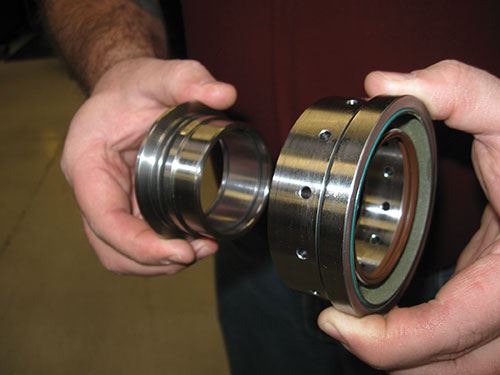
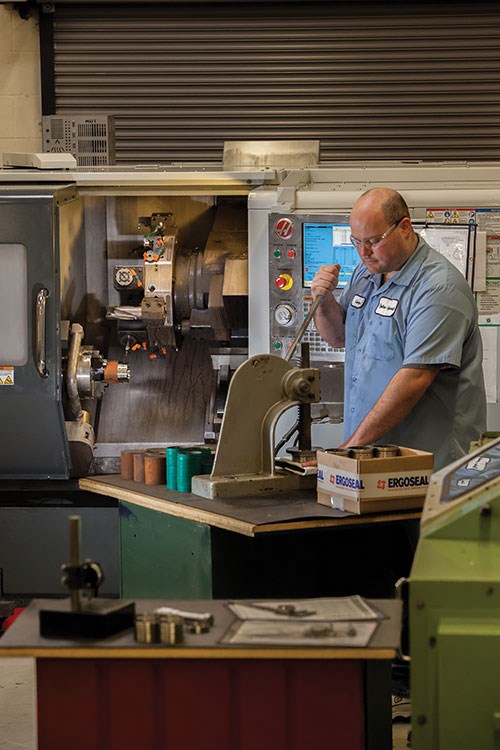

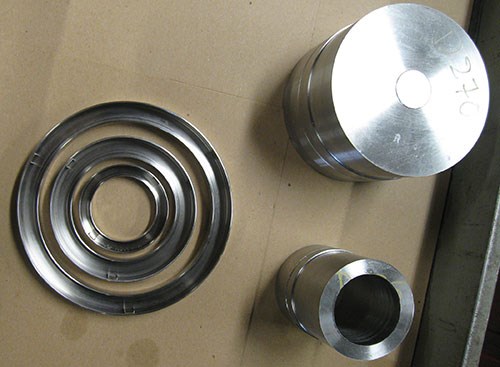
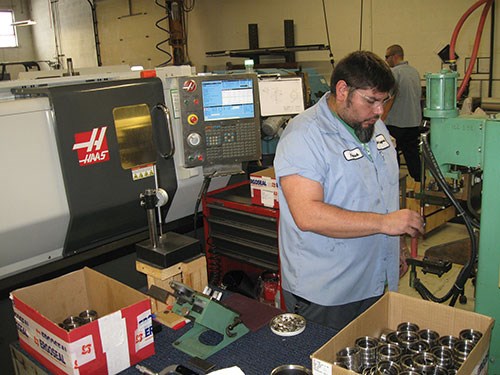

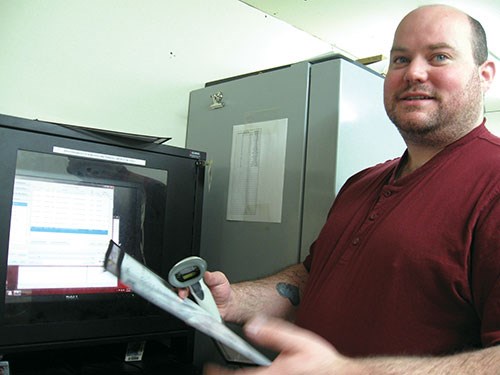
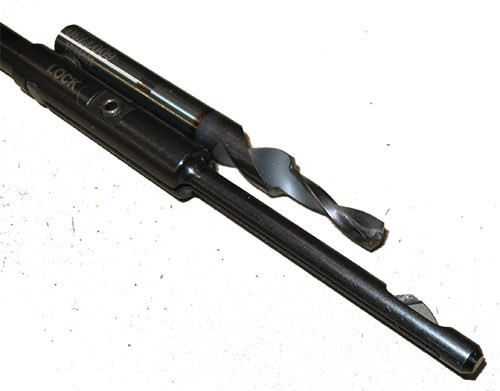
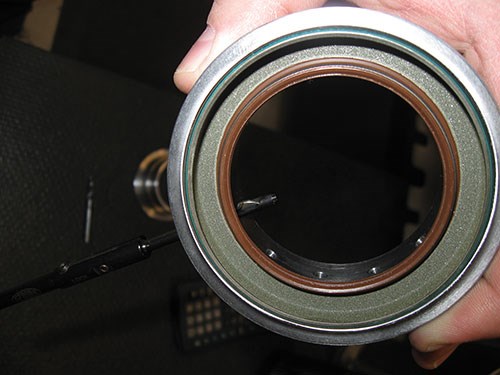
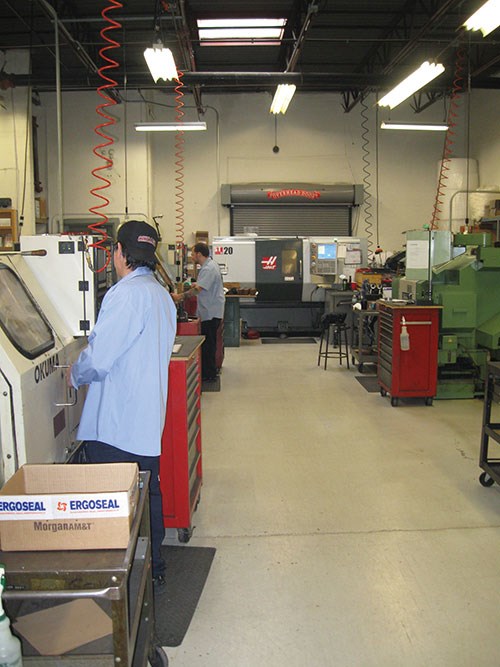





























.jpg;maxWidth=970;quality=90)